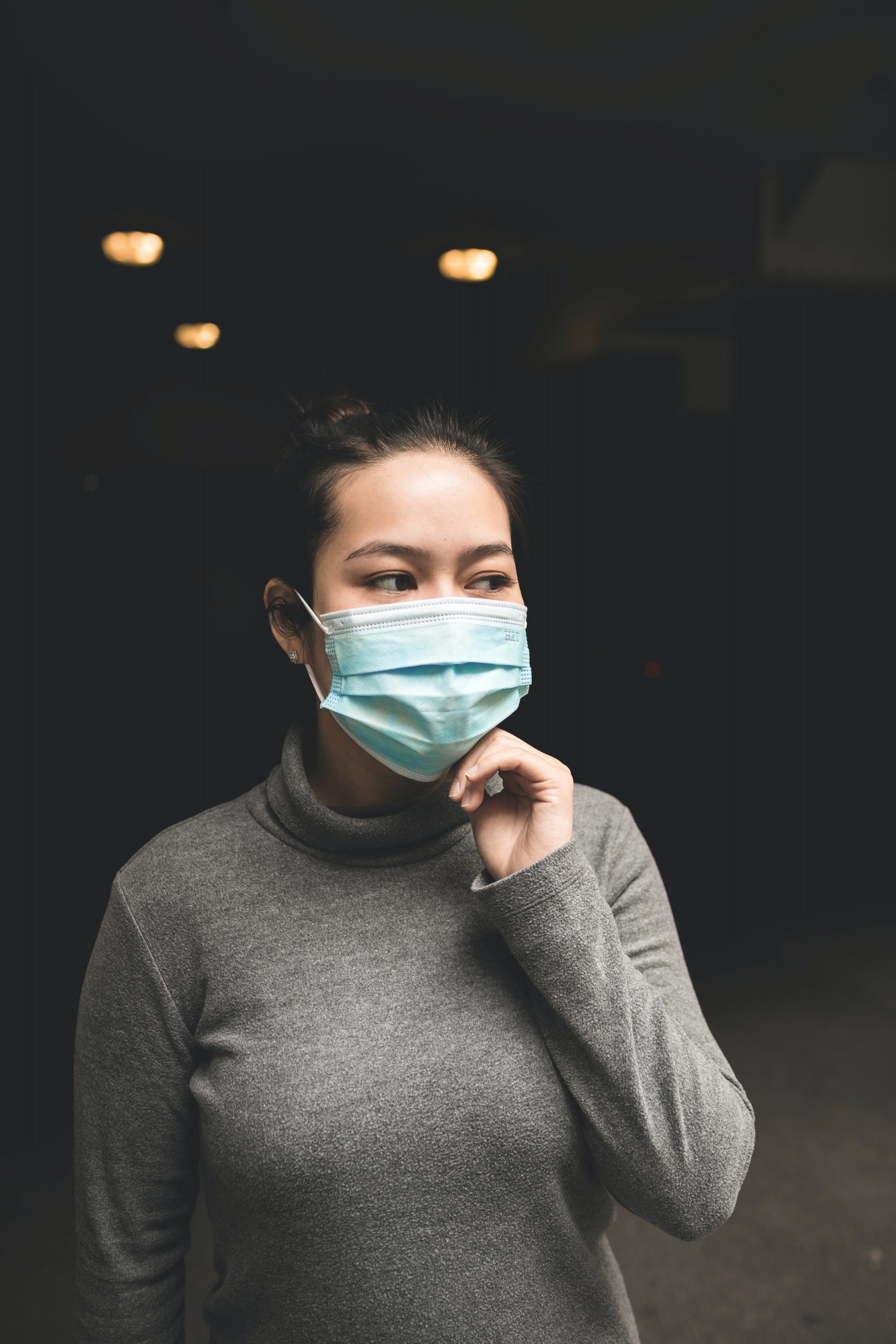With the pandemic putting the whole world in a new cautious state, many of us have come to accept surgical face masks as part of the norm. For many, masks have made it possible to feel safer when out and about in the real world. While it is effective at filtering specific pathogens in the air, its ability to stop an individual from contracting COVID-19 is mainly non-existent. This means that anyone wearing the surgical mask in hopes of keeping themselves safe from the virus might be a little disappointed.
The surgical mask cannot fully protect you from COVID-19
There are many reasons the surgical mask cannot fully protect people from catching the virus. First, the mask is unable to filter out airborne viruses because of the tiny size of the particles. Second, most, if not all, ordinary folks fail to wear their surgical masks properly, to begin with, meaning that leaks through the tops and sides can cause the airborne virus to enter the lungs.
The reason above, along with the global mask shortage, means that even the CDC (centers for Disease Control and Prevention) does not recommend everyone to be wearing surgical or N95 masks at all times. Instead, they recommend that people tie pieces of cloth around their noses and mouths, as this is proven to offer some protection.
It’s important to note that those showing symptoms of the virus or coming in close contact with those who do are still recommended to wear proper masks. This is because the mask will trap large droplets that might contain the virus. As such, for those who do decide to wear the mask, one should know exactly how to wear it properly. With so many masks in the market, this can be easier said than done. Generally, if the mask has ear loops, it should go around over each ear. If the mask has ties, the upper strings should be tied near the crown of the head, with the bottom strings just above the neck. Masks with dual elastic bands should be pulled over the top of the head against the crown, with the bottom bands just above the neck once more.
No matter what type of mask you have, it must fit snugly to provide protection. Extra caution must also be taken once the mask is on. For example, one should not touch the mask once it is in position and any wet masks should be replaced right away.
To throw away the mask once it is used, one must start by washing his or her hands thoroughly. After the mask is discarded, more hand-washing is to be followed to ensure any possible traces of the virus left on the hands has been gotten rid of.
Conclusion
While masks are recommended for some members of the population, one must wear them properly, lest they leave themselves even more vulnerable. If you do not come into contact with people showing systems of the virus and are safely self-isolating at home, try to avoid purchasing the masks. Frontline workers need the masks to keep themselves as protected as possible, and they are the ones who know how to use it. By purchasing the masks yourself, you only lower the supply available in the market, putting those who work with such patients at even higher risk of contracting the virus.
For more information on COVID-10 and other healthcare articles, check out our website at Dose of Healthcare today!


















